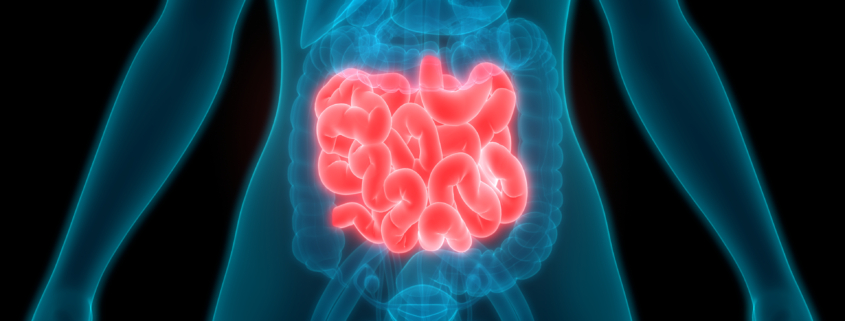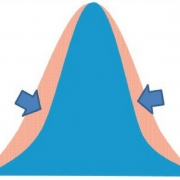New paper outlines the value of studying probiotics in the small intestine
Even though the human digestive tract extends from the mouth down through the small and large intestines, the study of probiotics and their activities has tended to focus on the colon. While the colon (or perhaps more accurately its proxy, the faecal sample) is relatively accessible and easy to study, recently some researchers have argued that crucial information can be gained from looking at another digestive tract site: the small intestine.
A recent paper published in Cell Reports Medicine, titled Small intestine vs. colon ecology and physiology: Why it matters in probiotic administration, laid out the differences between probiotic actions and interactions in the small intestine versus the large intestine. The paper was the result of work by an expert group of the International Life Sciences Institute (ILSI) Europe – the Probiotics Taskforce.
The authors of the paper say the duodenum (the first part of the small intestine) is the most dynamic part of the digestive tract. The small intestine as a whole is the site where most of the body’s digestion and absorption takes place, it is also a site of high immune activity. Even though ingested materials move through this area more rapidly than the large intestine, the small intestine allows closer interaction between host and microbes because it has a lower rate of mucus secretion and looser gut barrier junctions. The microbiota of the small intestine is primarily shaped by the digestion and resulting abundance of simple carbohydrates and amino acids, whereas the colonic microbiota is driven by the metabolism of the remaining complex carbohydrates. These factors and others create very different environments for probiotic interaction and activity.
While the most relevant clinical question for a probiotic strain may be what health benefit it confers in the host, researchers may also be interested in gut microbiota manipulation via probiotics to transform host-microbe interactions at discrete locations in the digestive tract – potentially yielding new or improved benefits for the host. The paper raises the possibility of novel probiotics discovered or developed in the future to specifically target the small intestine.
Accessibility of the small intestine, however, remains a challenge. While animal and in vitro models can lead to valuable insights, the authors of the paper point to the need for more sensitive and cost-effective tools for sampling the small intestine in human study participants.
See this Q&A with the paper’s lead author, Dr. Arthur Ouwehand PhD, Global Health & Nutrition Sciences, International Flavors & Fragrances, Finland.
Why is it important to think about how probiotics interact at sites other than the colon?
Nutrient absorption, entero-hepatic circulation, and energy regulation are all happening in the small intestine and have a major impact on our health. Even some forms of diarrhoea originate from the small intestine. So, we should be better aware what happens in the small intestine and how probiotics may influence these processes.
What clues do we have that the small intestine is an important site for probiotic activity?
The most common argument is that the microbial numbers in the small intestine are much smaller and hence (with less competition) probiotics can better exert an effect there. Is that true? We don’t know yet, because small intestinal samples have been difficult to collect. We need to better understand what is happening in the human small intestine.
Do small intestinal interactions depend on the specific probiotic?
Very likely. Also interesting is how diet would shape the effects of the probiotic in the various parts of the small intestine.
What are some of the main questions researchers still need to address regarding how probiotics act in the small intestine?
- What is the microbiota in the small intestine and how is it influenced?
- What do these changes in composition and activity mean?
- How can the small intestinal microbiota be influenced in a meaningful way?
How do you think researchers will overcome the challenges of gathering information about the small intestine?
Capsules that sample the small intestine are nothing new. They were already developed in the 1960s. Better and more affordable capsules are now coming on the market, so minimally invasive sampling of the human small intestine will soon be much more feasible. These new technologies should expand our understanding of the microbiota in different parts of the small intestine, and how probiotics interact in this environment.















